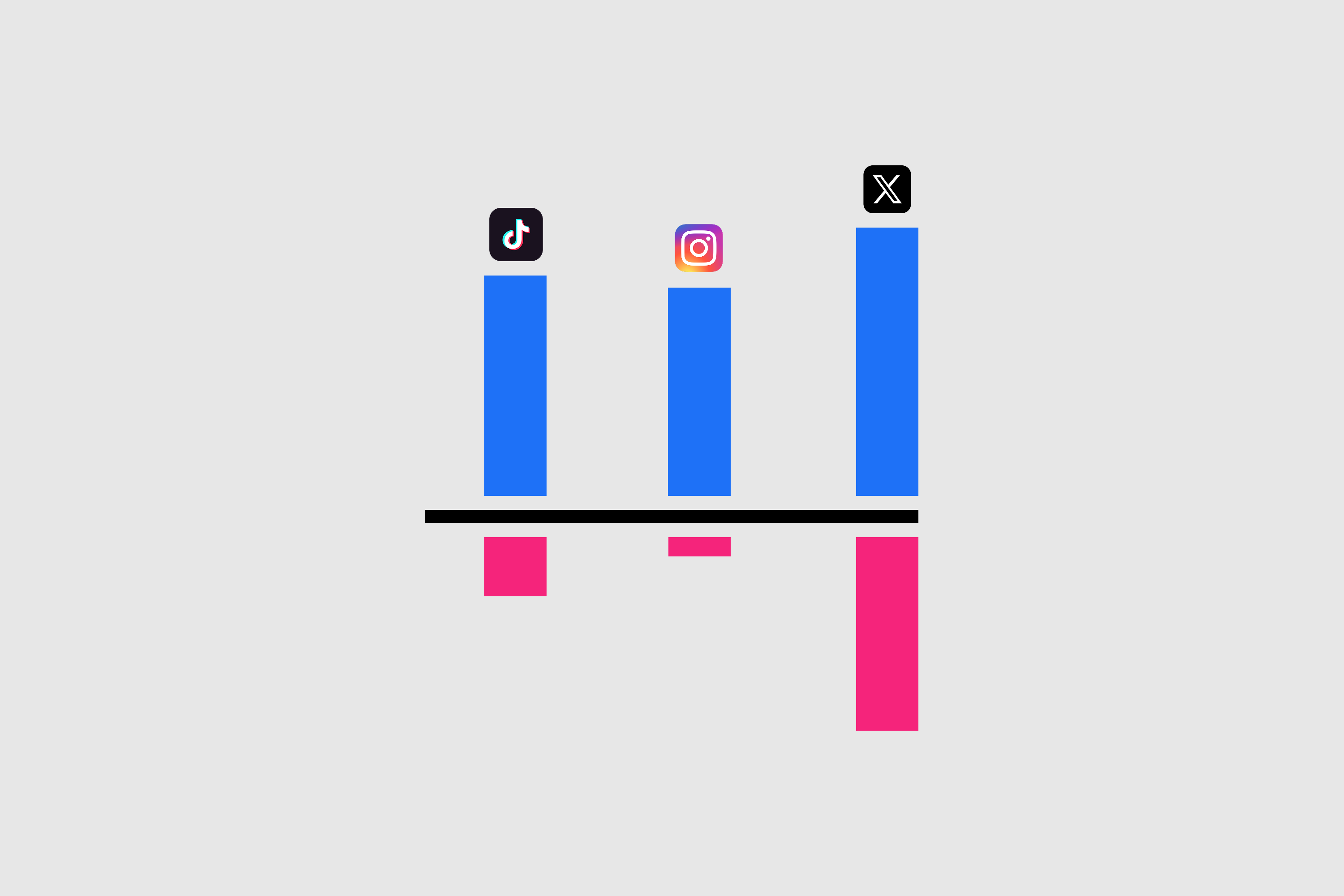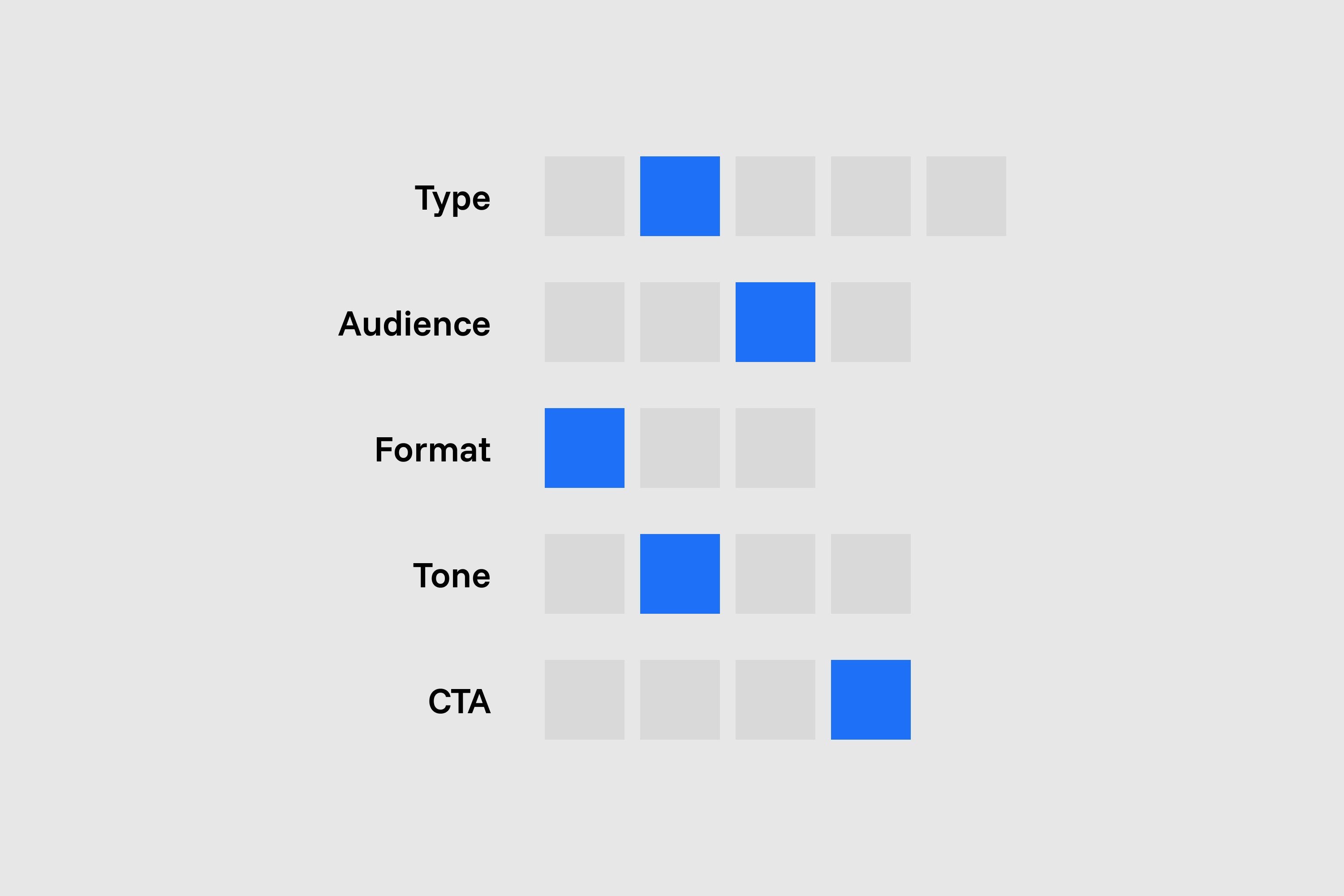Social media is essential for any business today – from startups to governments. Everything happens on social media. X is the world's town square, and Instagram and TikTok are the modern-day TV and couch. According to Hootsuite, 77% of businesses use social media to reach customers and 91% of marketers report increased website traffic from social channels.
Whether you're a small business, a rising startup, or the CMO of an established brand reassessing your social media strategy, here are key tips to help you plan for success.
Set Goals
No surprise – everything requires goals, and social media is no different. As a marketing manager, define what you want to achieve with a consistent social media presence. Social media helps you:
- Connect with new audiences
- Build customer relationships
- Start conversations
- Promote products or services
- Share your story with the world
- Entertain, inspire, and inform
If your overall objective is sales, social media should focus on connecting with your audience and promoting offers. If it's about customer happiness, use social as a support, information, and entertainment channel. Take Wise, for example.
Once you define your main goal, set KPIs and benchmarks. How will you know you’re on track? We'll cover that shortly.
Understand Which Platforms Your Customers Use
Why does Tesla still post on Instagram despite Elon's call to quit Facebook? Why does Airbnb post 10x more on TikTok than LinkedIn? And why post on LinkedIn at all? Why doesn’t Apple post product photos on Instagram?
These choices reflect customer preferences and behaviours. Big brands spend big money to tailor their message to where customers are. Small brands should take note.
Regardless of company size, posting the same content on every platform is not effective. Tailoring content for each platform can be resource-intensive, but it's necessary. The solution? List all platforms relevant to your brand, then focus on 1 to 3. Don't overthink it – pick the ones you want to use.

Compare Pros and Cons
Social platforms evolve and degrade faster than we expect. Twitter, now X, changed overnight. Facebook’s audience is ageing, but still active. TikTok dominates younger audiences with an AI feed that keeps them hooked for hours. No platform is perfect or evil – each has pros and cons.
But don’t start with brand values. Start with:
Who are your customers? Where are they? What do they do? These determine your analysis. For example, LinkedIn is for business professionals. Selling unique fashion accessories? TikTok and Instagram are best. Promoting a new iOS game? Surprisingly, X is great for quick installs.
Cons matter. Look at competitors to assess:
- Lack of traction: brands posting with little engagement.
- Negative sentiment: posts getting angry responses from customers.
Sometimes negative comments can be turned positive. Take Ryanair. They use “savage social media marketing,” trolling customers because complaints are inevitable in budget airlines. It works because it matches their brand voice.

Brand / Social Fit
Knowing each platform’s pros and cons helps you find overlap between your brand, what you sell, your customers, and the platforms they use. If your customers are there and engage with similar content, it’s probably a good channel for you.

Benchmarking
You’ve picked your platforms. Now plug in numbers. Look at:
- Current performance: total users, comments, likes (excluding friends and family)
- Achievable performance: find similar brands with 10–100x more users. Your target is between those two magnitudes.
- Total addressable market: find the biggest brand in your segment. That’s the ceiling.
Example: you have 1,000 customers with low post engagement. A competitor has 5,000 customers and twice your engagement. The market leader has 6M users, so you’re far from the ceiling. Study your competitor’s content (types, frequency, ads) and set your goals: how many posts per week, target user growth, engagement goals.

Posting Strategy
With a clear strategy and objectives, create posting guidelines to deliver strong content consistently.
Posting intuitively is better than not posting at all, but having a plan helps. Think about post anatomy:

Generally, videos work best, especially with real people talking. Keeping it real is recommended. Pretending to be bigger than you are or overusing AI-generated images can hurt more than help.
Review and Improve
Check post performance daily, but also review results over longer periods (1–2 months) using a content matrix:

A matrix plots content by relevance and effort. Relevance is how directly the post relates to your product; effort is the time and money to produce it. High-effort posts don’t always produce high engagement. By mapping all posts, you’ll see which types consistently perform best. (Tip: post at consistent times to avoid hidden variables skewing results.)
The Road Ahead
This guide is for anyone starting a social media strategy or reviewing their current performance. We emphasised choosing your channels carefully, as going too broad dilutes efforts, while going deep on the wrong platform wastes resources. Preferences shift due to generations and platform changes, so always adapt.
At Evergrow, we specialise in social media marketing for companies of any size. If you have something you want to discuss: Contact Us
